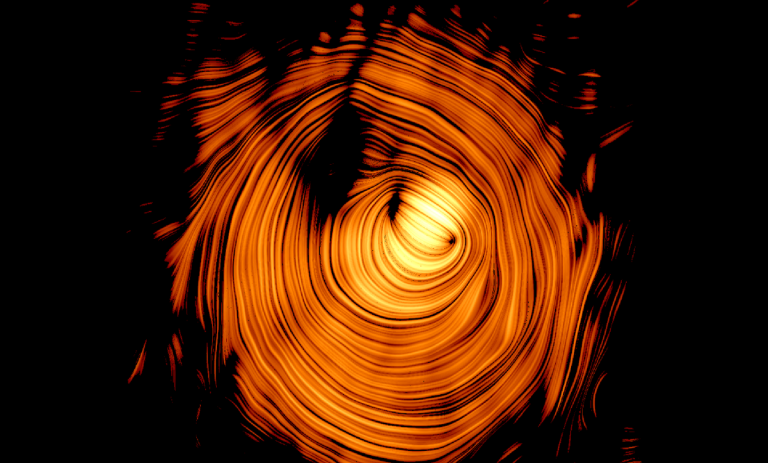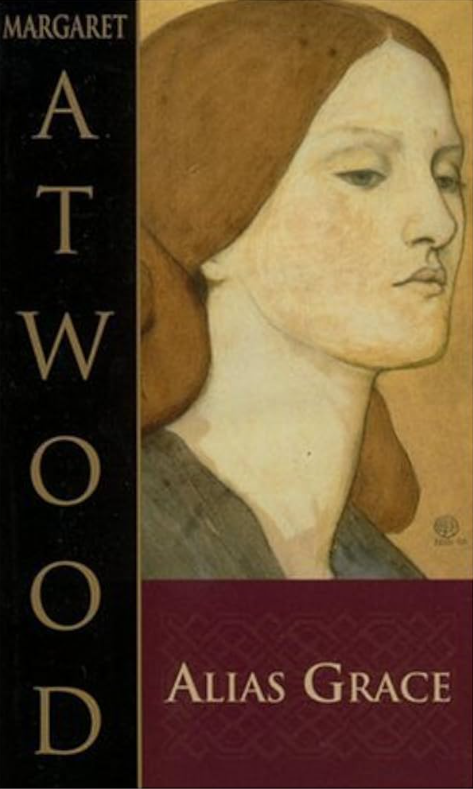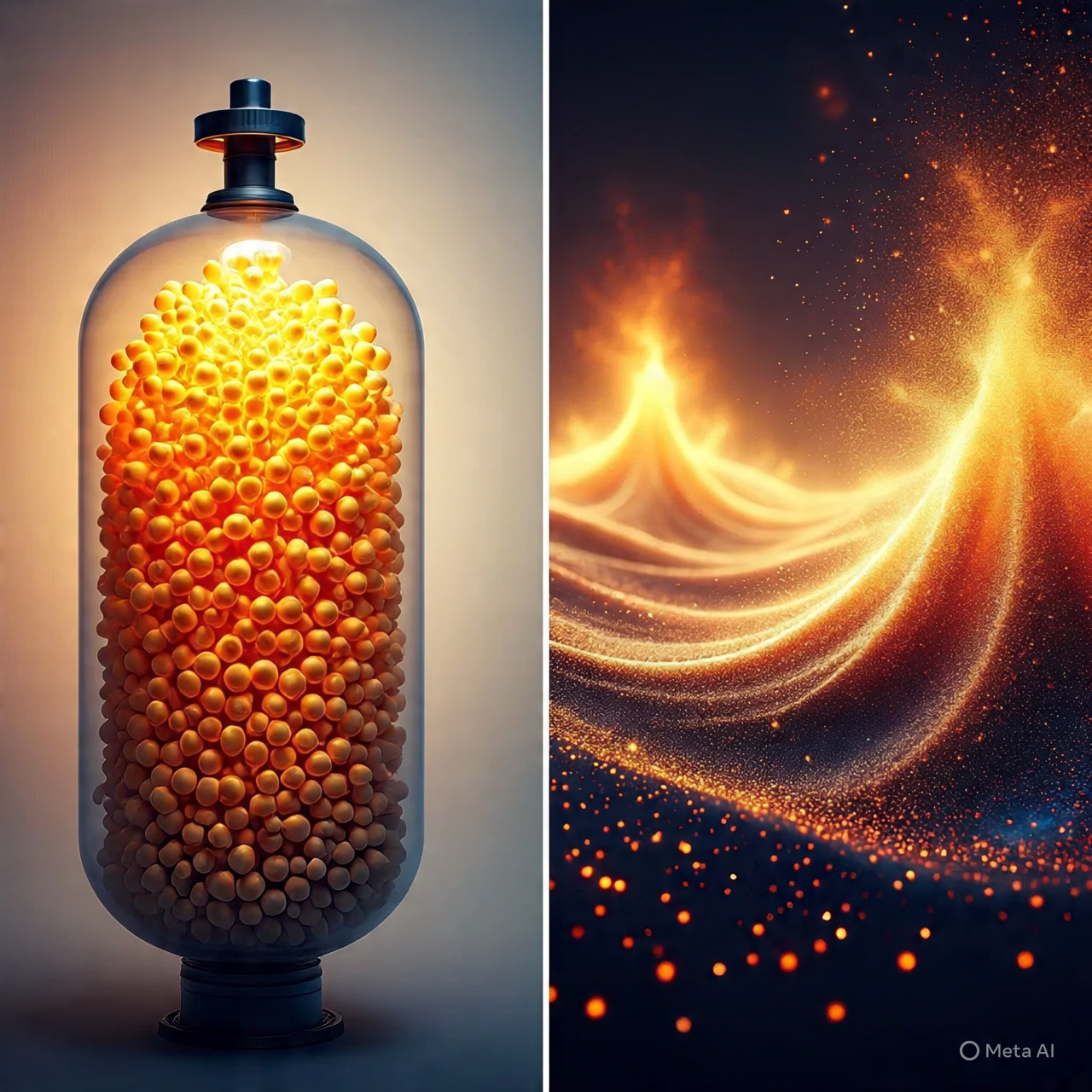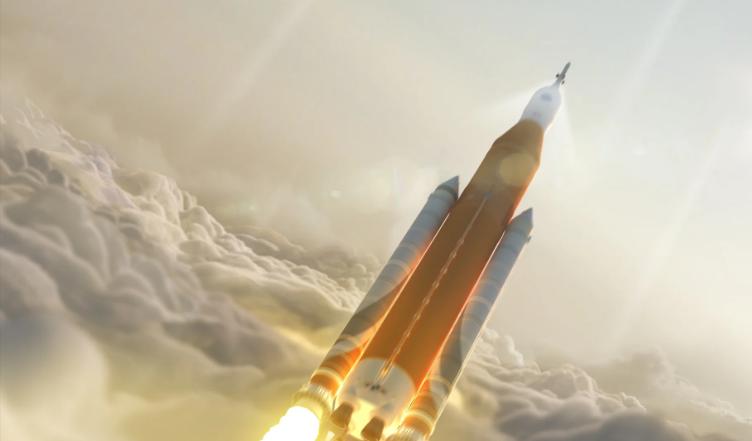A group of scientists from different countries found something that will help explain how a distant and seemingly slow object in space, called PKS 1424+240, can be one of the brightest sources of very energetic light (gamma rays) and tiny particles called neutrinos. Even though it appears to move slowly, it produces a lot of these powerful signals.
Read MoreAuthor: Pooja Kashyap
Spring-Block Model: A Mechanical Analogy for How Deep Neural Networks Learn and Separate Data
I’ve been thinking a lot about how deep neural networks actually learn. I mean, those complex stacks of layers, how do they figure out the mechanics to recognize images or understand speech? These layers must be working together to make sense of raw data, but how?
Read MoreBook Review: Alias Grace by Margaret Atwood
Alias Grace is a historical fiction book by Canadian author Margaret Atwood. It was first published in 1996. I like the storytelling technique of Atwood, the flashbacks and the narration takes the reader to contemporary times. The story of Alias Grace is based on a real woman named Grace Marks, who was from Ireland and moved to Canada in the 1800s. She was found guilty of helping to kill her boss, Thomas Kinnear, and his housekeeper, Nancy Montgomery. These murders were very violent and shocking. Grace was sentenced to death,…
Read MoreMeet the Chip That Could Change How Your Devices Use Power
Wireless communication seems easy because it happens without us noticing, but inside, devices have to carefully balance sending data quickly, keeping the signal clear, and using as little power as possible. When devices send signals through the air, the signals aren’t always perfect, and using more power to make the signals stronger costs more battery life. That’s why a new transmitter chip from MIT and a few partner universities is turning heads.
Read MoreWhy Energy Spreads: Rethinking Entropy from Rockets to Language Models
Whenever we read or understand entropy, we tend to generalize it as a tendency towards disorder or chaos. Although the idea in itself is not entirely wrong, one of the (other) most insightful ways of looking at it is, as the tendency of energy to spread out over time. This fundamental concept governs nearly everything, right from tiny molecular collisions to vast cosmic events, from the beginning of the universe to its eventual end. Btw, here is an engaging video on youtube if you want to explore it further –…
Read MoreThe Stories from Space You’ll Never See in a Documentary
I was looking for some interesting space missions but outside the usual Apollo and Hubble highlights. And then I came across this Reddit thread – interesting space missions – it pulls together a long list of probes that are genuinely fascinating but rarely talked about. The entire post has its roots in this thread.
Read MoreBook Review: Shadows of the Mind by Roger Penrose
Exactly a year ago, I closed The Emperor’s New Mind by Sir Roger Penrose, slid it onto my bookshelf, and just stood there for a second….The book didn’t just earn a spot on my shelf, it earned a permanent place in my head.
Read MoreBoom in Rocket Launches Could Set Back Ozone Gains
Lately, we’ve all been marveling at the growing number of rockets blasting into the sky. Companies like SpaceX launch rockets so often that it feels normal, and many of us celebrate when small satellites go into orbit around the Earth.
Read MoreBook Review: What If? by Randall Munroe
Let me start by confessing something, even after reading a lot about the science behind it, I probably couldn’t explain how entropy works in thermodynamics without sneaking a quick peek at Wikipedia. But I am, without apology, obsessed with questions – the weirder, the better.
Read MoreWhat Happens When Equally Good Algorithms Disagree?
You’d expect the same input to get the same answer, right? But in machine learning, that’s not always the case.
Read MoreBook Review: City of Illusions by Ursula K. Le Guin
I just finished City of Illusions, and it’s one of those books that quietly works its way under your skin. It’s the third in Le Guin’s Ekumen series, but you can read it on its own too, as a standalone novel. It was first published in 1967.
Read MoreInterview: Jerry Lu, Phd student at the University of Manitoba, Canada
What if you could send a pulse of light into a device, and have it appeared ‘faster’ or ‘slower’ dependingon which direction it came from?
Read MoreInterview: Dr. Lenka Tetková, Postdoctoral Researcher at DTU Compute, Technical University of Denmark
Researchers at the Technical University of Denmark have found a fascinating link between how humans and machines learn, through a mathematical shape called convexity. This concept could be key to understanding how both brains and algorithms organize ideas and make sense of the world. I stumbled upon their paper, “On Convex Decision Regions in Deep Network Representations,” and I was absolutely awestruck. Not just by the insights in the research itself, but by the sheer brilliance behind it. It’s one thing to read a paper that makes you think differently,…
Read MoreMeasuring Convexity in AI: Linking Machine Learning to Human Concept Understanding
Researchers at Technical University of Denmark have found an interesting connection between how humans learn and how computers learn. It talks about a special shape in math called convexity. This shape might help us understand how our brains and computer programs figure out ideas and understand things around us.
Read MoreBook Review: A Wild Sheep Chase by Haruki Murakami
Have you ever felt like you’re dreaming with open eyes? If not, read A Wild Sheep Chase by Haruki Murakami. Last year, when I first read Kafka on the Shore, I remember closing the book and staring into nothing for a full minute. It was the kind of book that makes silence hum with meaning. Today, after finishing A Wild Sheep Chase, I felt that same humming.
Read More














